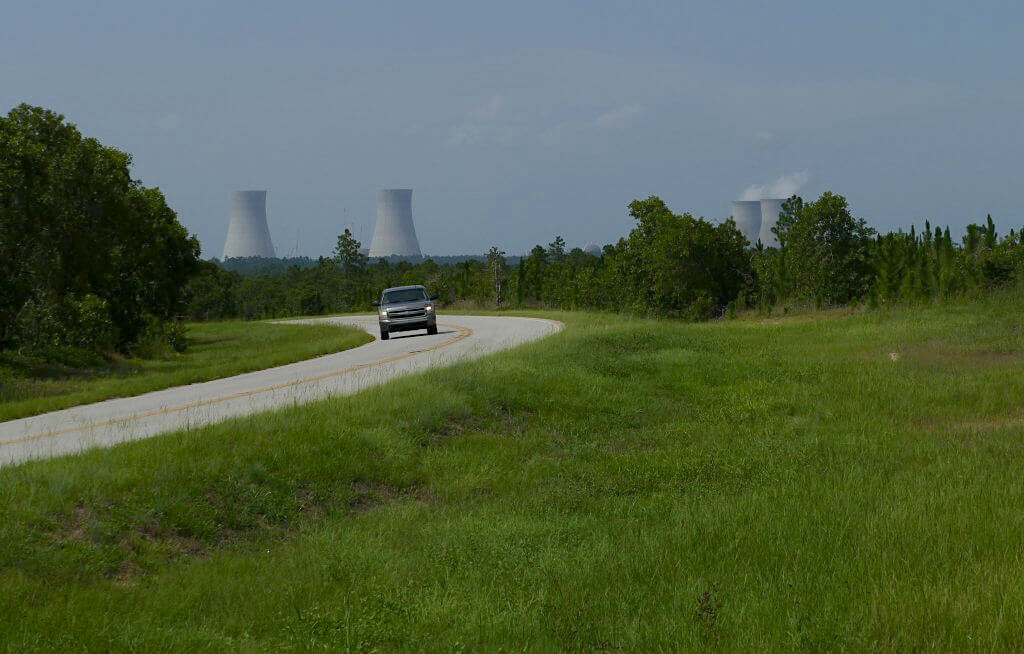
(GA Recorder) — Plant Vogtle’s first new nuclear reactor may not start producing energy for Georgia consumers until at least next June, which would be a longer delay than Georgia Power predicted just last month.
An independent monitor, Donald Grace, said in written testimony filed this week that the two new reactors at the Waynesboro plant will likely be delayed seven to nine months beyond their projected November 2021 and November 2022 completion dates. And he said the project would likely cost another $2 billion to finish.
Georgia Power officials told the state Public Service Commission last month that the first of the two reactors would be finished in the first quarter of next year, citing a delay due to the pandemic and remediation work that slowed down progress.
The expansion of Plant Vogtle, which is the only major nuclear project under construction in America, is already years behind schedule and billions of dollars over budget. The independent monitor’s timeline would leave the second of the new reactors coming online in the summer of 2023.
Grace said the first new reactor is “in a worse condition than past US new construction nuclear plants were at this same stage of construction/testing,” noting previously deferred construction and the corrective work being done along the way.
Other project monitors, Steven Roetger and William Jacobs Jr. described an important phase of testing as “more problematic” than anticipated. “In summary, many of the problems encountered by SNC should have (been) resolved long before (hot functional testing) started,” they said in written testimony that had been redacted.
Southern Nuclear, a subsidiary of the Southern Company, the parent company of Georgia Power, took over the project in Burke County after Westinghouse Electric went bankrupt in 2017.
The closely watched project is heralded by supporters as an investment in the state’s energy future. But consumer advocacy groups and environmentalists have long criticized the ballooning cost and argued that ratepayers should not have to shoulder the burden of cost overruns.
The five-member elected commission will decide later how much of the project’s unplanned costs should be passed along to ratepayers. Georgia Power customers are already chipping in every month to cover the financing for the project.
Analysts representing the commission’s public interest advocacy staff said in other testimony this week that Georgia Power is expected to collect about $3.9 billion from customers through the monthly fee. That is nearly double what the company would have collected had the work been completed in 2016 and 2017 as originally planned.
That works out to be about $854 for the average residential customer – about twice what would have been paid under the original timeline, according to the analysts.
John Kraft, spokesman for Georgia Power, did not dismiss the monitor’s prediction that the project will likely increase by another $2 billion when asked Tuesday.
“The company continues to present its most up-to-date cost estimate to the Commission using its best judgment and based on current information, continually emphasizing that risks remain on the project and it is possible that the cost estimate could increase in the future,” Kraft said.
But he stuck to the company’s timeline. Those plans call for work to wrap up in January for the first reactor, which would become the third at the southeast Georgia facility.
“While there is some flexibility in our schedule that could accelerate this timing, considering the scope remaining prior to fuel load, a completion date for Unit 3 during the first quarter of 2022 is expected,” Kraft said. “Unit 4 continues to work to an aggressive site work plan focused on maintaining margin to the regulatory approved in-service date of November 2022.”







